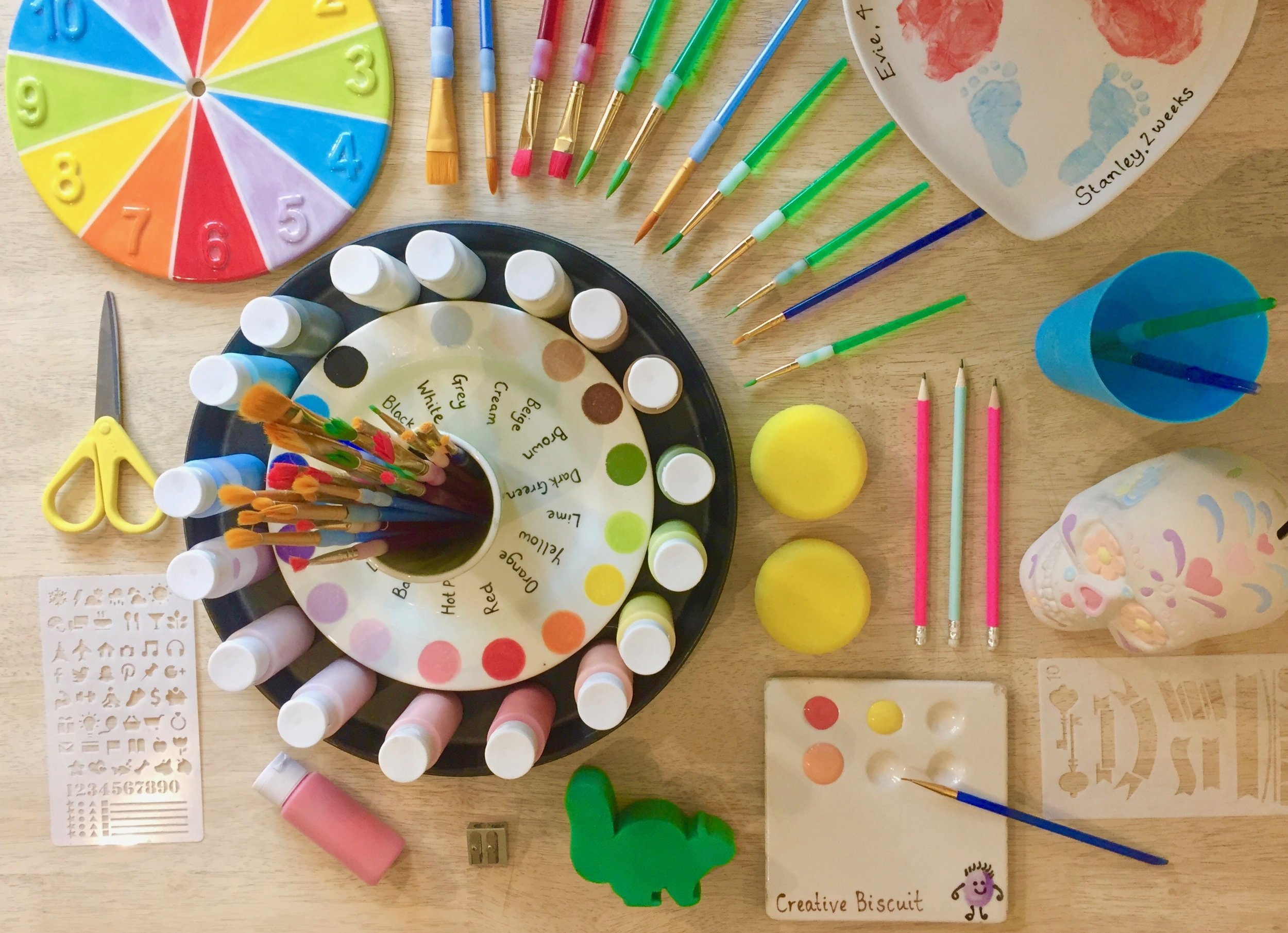Waking to a sprinkling of frost on the lawn, leaves and cobwebs is a little bit magical, but how does frost actually happen?
It’s all about the ‘dew point’. The dew point is the temperature at which water vapour in the air is so cold it turns from gas to liquid and appears in droplets on grass, plants, cars etc. When objects outdoors become colder than the dewpoint, that water vapour which has turned to dew freezes, forming tiny ice crystals. Because cool air sinks, frosts happen more commonly in low-lying areas, such as valleys, and frosts tend to happen overnight because the air is cooler then.
It’s a little more complicated than that though. And, for the frost curious, here are the various ‘types’ of frost:
Hoarfrost (or radiation frost)
Forming on outdoor objects and on the ground outside, hoarfrost is made up of tiny ice crystals, created when dew freezes.
Window frost
Less common in these days of double glazing, window frost occurs when there is cold air on one side of the glass and moist air indoors. Brrrr!
Advection frost
This sort of frost is formed from small ‘spikes’ of ice rather than crystals and tends to happen when the wind blows over tree branches, rooves and telegraph wires, freezing water vapour on those objects as it gusts.
Rime
Yes, as in ‘of the Ancient Mariner’. Rime often forms on ships or other objects near the sea. Rime occurs in very cold, very wet locations and it forms very fast. It’s much more dramatic-looking than other types of frost and can often make an object appear to be made from solid ice.
Join us on a winter walk where we appreciate frost and much more in our January issue. Our Outing feature, Sights, Drama, Action begins on page 76.
Buy this month's The Simple Things - buy, download or subscribe






